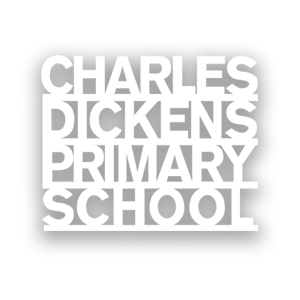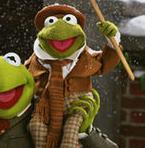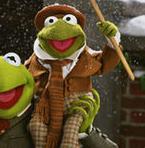The next stage is children producing more formal recordings using their own ‘blank number lines‘ (often referred to as BNL). Children are able to ‘count back‘ in ones (they do this in their heads but record their ‘working out‘) and circle the answer. (Slides 1, 2, 3, 4 and 5)
[simple_slideshow]
When dealing with subtracting two digit numbers (eg 15 as opposed to a one digit number such as 8) they need to ‘partition‘. They split the smaller number in to ‘tens‘ and ‘units‘ and then on their number line first of all ‘jump back’ the ‘T‘ and then the ‘U‘. (Slides 6, 7, 8, 9 and 10)
In the final example the child needs to ‘cross the tens‘ and it can help children to split the units, in this case the 9 in to a 4 and a 5, to jump back to 50 and then 45 rather then straight form 54 to 45. (Slides 11, 12, 13, 14, 15 and16)
I hope this helps with subtraction at home. Remember giving maths a context makes it more real, more fun and gives it a reason for learning it. Watch this space for next week’s blog on Addition…….


